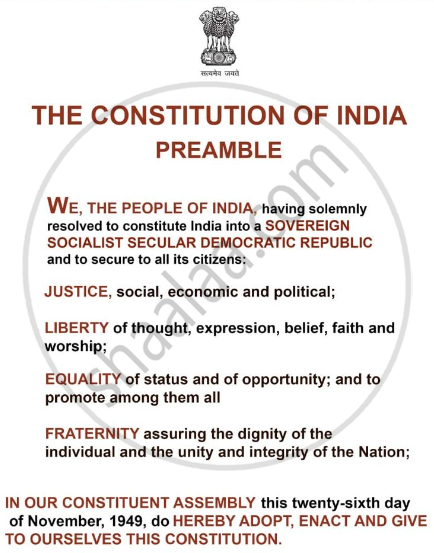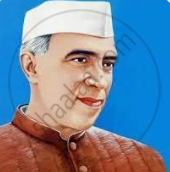Topics
Historiography : Development in the West
History : Applied History
Working of the Constitution
Historiography : Indian Tradition
The Electoral Process
Political Science : Working of the Indian Constitution
Applied History
Political Parties
History of Indian Arts
- What is ‘Art’?
- Indian Traditions of Visual Arts (Drik Kala): Painting
- Prehistoric Paintings
- Mural Paintings and Cave Painting
- Folk Styles of Paintings
- Classical Styles of Painting
- Miniature Paintings in Manuscripts
- Modern Indian Paintings
- Indian Traditions of Visual Arts (Drik Kala): Sculpture Art
- Indus Civilization Sculpture
- Folk Styles of Sculptural Art
- Classical Styles of Sculptural Art
- Indian Iconography
- Indian Traditions of Visual Arts (Drik Kala): Architecture and Sculpture
- Rock-cut Architecture
- Temple Architecture
- Indo-Islamic Architecture
- Indo-Gothic architecture
- Indian Traditions of Performing Arts
- Indian Theatre
- Indian Music
- Indian Dance
- Present Scenario of the Performing Arts
- Art, Applied Art, and Professional Opportunities
Social and Political Movements
- Movement
- Important Movements in India
- Tribal Movement
- Farmers Movement
- Worker's Movements
- Women’s Movement
- Environment Movements
- Consumer Movement
Mass Media and History
Challenges Faced by Indian Democracy
Entertainment and History
Sports and History
Tourism and History
Heritage Management
History - Imperialism
History - 20th Century Age of conflict
History - Emancipation of Asia and Africa
History - World after World War 2
Political Science
Geographical discoveries and colonization
- Concept for Geographical Discoveries and Colonization
Africa
- Imperialism - Africa
Asia: India, China, Japan
- Concept for Asia: India, China, Japan
Dictatorships in Europe, Second World War and world
- Concept on Dictatorships in Europe
- Concept for Second World War and World
First world war
- Concept on First World War
The League of Nations
- Concept for the League of Nations
Russian Revolution
- Concept for Russian Revolution
United Nations Organization
- Concept for United Nations Organization
Africa
- Emancipation of Africa
Asia
- Emancipation of Asia
Globalization
- Globalization After World War II
Scientific and Technological Progress
- Scientific and Technological Progress After World War II
Cold war
- Formation of the Cold War
Social Diversity and Democracy
- Social Diversity
- Coccept for Caste/Race and Democracy
- Concept for Language and Democracy
- Cocnept for Religion and Democracy
- Concept for Gender and Democracy
- Concept for Democracy and Diversity
Challenges to Democracy Remedial Measures to the Challenges
- Concept for Challenges to Democracy Remedial Measures to the Challenges
Internal work
Democracy
- Democracy - Meaning, Types and Characteristics
Political Parties and Types
- Political Parties
- Importance of Political Parties
- Major National and Regional Parties in India/ Types of Political Parties
Notes
Guiding Values of the Indian Constitution:
A constitution helps in serving as a set of accepted principles, guidelines, and procedures. These serve as the cornerstone on which the public wants society to grow and the nation to be governed. This covers a consensus on the form of government as well as some principles that the nation should uphold. Let us begin by understanding the overall philosophy of what our constitution is all about.
1. The Dreams and the Promise:
|
Mahatma Gandhi |
Mahatma Gandhi:
|
|
Dr. Babasaheb Ambedkar |
Dr. Bhimrao Ramji Ambedkar
|
|
Jawaharlal Nehru |
3. Jawaharlal Nehru:
|
The one idea that is common to all these three people is the ending of inequality.
2. Philosophy of the Constitution:
The Preamble to any Constitution is a brief introductory statement that conveys the guiding principles of the document. The Indian Constitution, which draws its influence from the American model, begins with the Preamble, which represents the underlying ideals and philosophy upon which the Constitution is based. It is the soul of the Indian constitution.
 |
- WE, THE PEOPLE OF INDIA: The constitution was drafted and enacted by the people through their representatives, not by a king or other external power.
- SOVEREIGN: People having complete supreme authority to make decisions on internal as well as external matters. No external power can dictate the government of India.
- SOCIALIST: The Constitution has specific provisions that deal with inequalities. Our Constitution directs to prevent the concentration of wealth and power in a few hands.
- SECULAR: The Indian state is not against religion. It allows all its citizens to profess, preach and practice any religion they follow. At the same time, it ensures that the state does not have any religion of its own. The constitution strictly prohibits any discrimination on the ground of religion. Secularism implies that our country is not guided by any one religion or any religious considerations.
- DEMOCRATIC: A form of government where people enjoy equal political rights, elect their rulers, and hold them accountable. The government is run according to some principles of rules.
- REPUBLIC: The head of the state is an elected person and not a hereditary position.
- JUSTICE: Caste, religion, and gender cannot be used as justifications for discriminating against citizens. Reduced social inequality is necessary. Everybody's well-being should be a priority for the government, especially vulnerable populations.
- LIBERTY: The Preamble prescribes liberty of thought, expression, belief, faith, and worship as one of the core values.
- EQUALITY: The Constitution ensures equality of status and opportunity to every citizen for the development of the best in him/her.
- FRATERNITY: All of us should behave as if we are members of the same family. No one should treat a fellow citizen as inferior.
If you would like to contribute notes or other learning material, please submit them using the button below.



